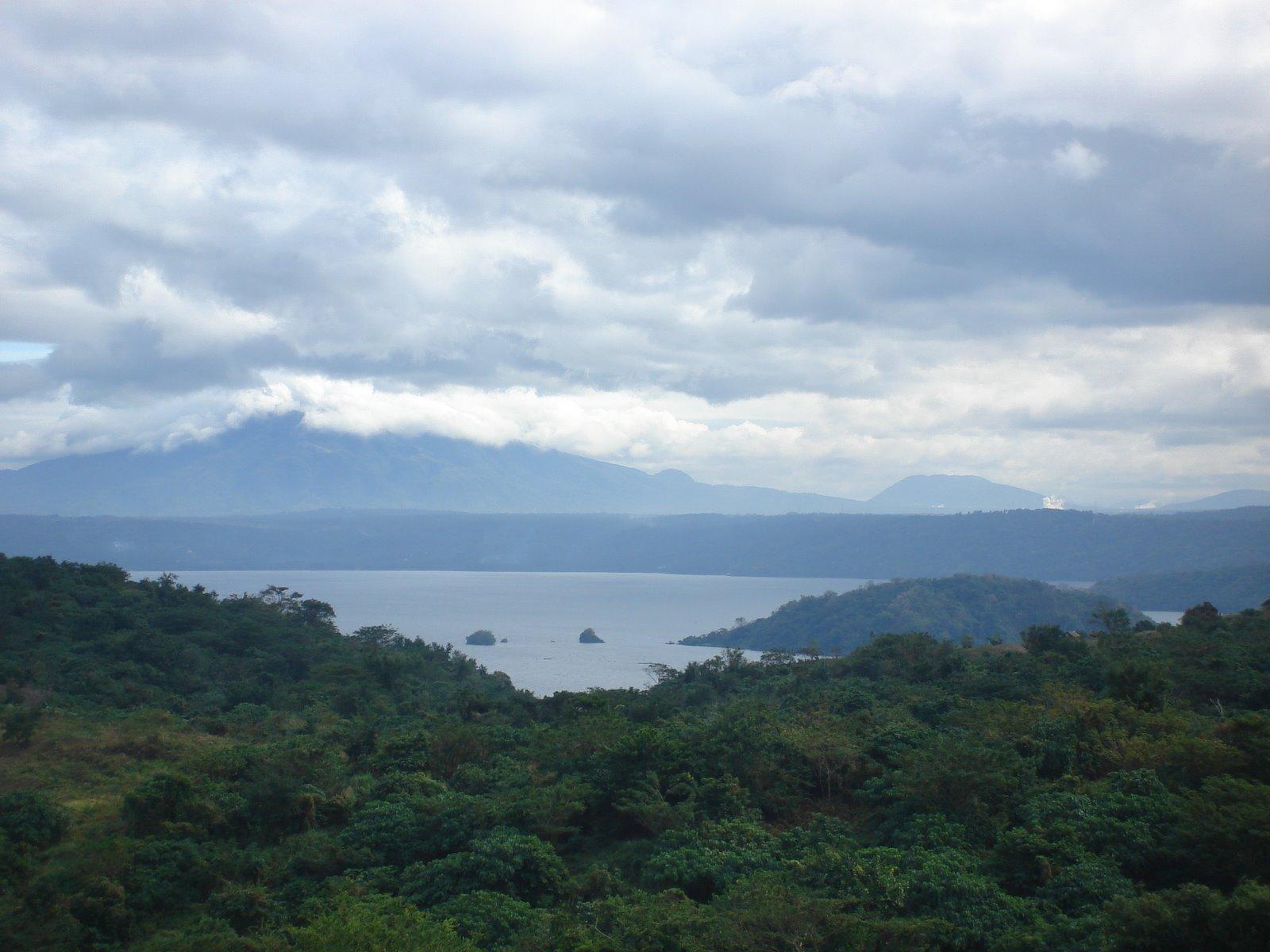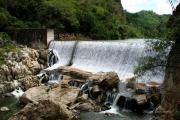
Taal Volcano, Luzon, Philippines
When we think of Luzon Island, what is it that comes to mind? Blue seas, green trees, mountains, sandy beaches and rivers. Maybe those are the things that come to our mind when we speak of Luzon. Luzon has fantastic beauty, charming sceneries and is also one of the best places to explore natural wonders. It is also a good place for photography, as a great deal of beautiful natural wonders can be found in Luzon.
Visit and discover the adventures that Luzon has to offer. The area of Luzon is blessed to have a lot of natural scenery and landscapes.
Luzon has also a big part when it comes to history. A lot of historical places can be visited in the area.
Luzon offers many tourist attractions and breathtaking places, making it a perfect place for vacations that give unforgettable moments to everyone.
Luzon offers different kinds of activities like swimming, mountain hiking, boating, bird watching, island hopping, caving, diving and many more to try and discover that everyone will surely love.
The Philippines is a great place to visit. It is filled with tourist destinations that will surely be loved by people both local and foreign. People can find fun adventures upon visiting this wondrous Island in the Philippines.
Popular Tourist Attractions of Luzon
Here is the list of popular places that can be found around the Island of Luzon. Aside from this list there are still a lot of tourist attractions that can be visited in Luzon.
- Sumaguing Cave
- Banaue Rice Terraces
- Mayon Volcano
- Matukad Island
- Bomod-Ok (Big) Falls
- Cagsawa Ruins Park
- The Hanging Coffins Of Sagada
- Lumiang Cave
- Bangui Windmills
- Tagaytay City
- St Augustine's Church
- Mount Pinatubo
- Fort Santiago
- Intramuros
- Calaguas Island
- Mt. Pulag
- Zambales
- Rice Terraces
- Calle Crisologo
- Lignon Hill
- La Paz Sand Dunes
- Taal Heritage Village
- Ocean Adventure
- Corregidor Island
- Palaui Island
- Mount Pinatubo
- Capones Island
- Pagsanjan (Magdapio) Falls
- La Mesa Eco Park
- Anguib Beach
- Laiya Beach
- Basco Lighthouse
Geography
Luzon is the largest island of the Philippines. It is situated in the northernmost region of the archipelago. Luzon is also the name of one of the three primary island groups in the country centered on the island while the two others are Visayas and Mindanao.
Luzon as an island group includes Luzon proper, the Batanes and Babuyan groups of islands to the north, and the outlying islands of Catanduanes, Marinduque, Masbate, Romblon, and Mindoro.
Luzon is the economic and political center of the Philippines. It is also a home to the country's capital city, Manila.
This island has an area about 104,688 square kilometers. It is the 17th largest island in the World.
The island is very mountainous and is home to Mount Pulag, the third highest mountain in the country and Mount Pinatubo, Mayon, and Taal Volcano, Luzon's most famous volcanoes. To the west of Luzon island is the South China Sea (Luzon Sea in Philippine territorial waters), to the east is the Philippine Sea, and to the north is Luzon Strait containing Babuyan Channel and Balintang Channel.
The northern part of the island contains the large mountain range, the Cordillera Central which is covered in a mixture of Luzon tropical pine forests and Luzon montane rain forests.
To the east of the Cordillera Central is the large Cagayan Valley, which serves as the basin for the Cagayan River, the longest river in the Philippines. To the east of the valley rises the Sierra Madre mountain range, easily the longest range in the country.
To the west, in the Zambales Mountains, rises Mount Pinatubo, made famous because of its enormous 1991 eruption. It is a home to the Hundred Islands National Park.
To the south, the mountains also extend into the sea, forming the Bataan Peninsula, which encloses the Manila Bay. This natural harbor is considered to be one of the best natural ports in East Asia, due to its size and strategic geographical location.
To the southeast of Manila Bay is the largest lake in the country, and also the largest inland lake in Southeast Asia, the Laguna de Bay (Old Spanish, Lake of Bay town). This 949 km² lake is drained by the Pasig River into Manila Bay. Pasig River is one of the most important rivers in the country due to its historical significance and because it runs through the center of Metro Manila.
Located just 20 km southwest of Laguna de Bay is Taal Lake, within the southwestern portion of the island. This caldera of a lake contains the smallest volcano of the country, Taal Volcano, which rises on the island in the center of the lake.
Off the southwestern portion of Luzon is the island of Mindoro, separated by the Verde Island Passages.
The southeastern portion of Luzon is dominated by the Bicol Peninsula. This is a mountainous and narrow region that extends approximately 150 km southeast. Along it are numerous gulfs and bays. In the north is Lamon Bay, which contains Alabat Island and is south of the Polillo Islands of Quezon province. Other bays and gulfs include San Miguel Bay, Lagonoy Gulf, Ragay Gulf, and Sorsogon Bay.
To the east of the peninsula lies the island of Catanduanes. Leading to it is the Caramoan Peninsula. Off the southeast tip of Bicol is Samar island, separated by San Bernardino Strait. Bicol Peninsula is connected to the main part of Luzon through the Tayabas Isthmus. Extending south from the isthmus is the Bondoc Peninsula.
The Bicol Peninsula is also home to numerous volcanoes. The most famous is Mayon Volcano in Albay. This 2,460 m high volcano is symmetrically shaped, rivaling that of Mount Fuji in Japan, and is a symbol of the Bicol Region. Other notable mountains are Mount Isarog and Mount Iriga in Camarines Sur, and Mount Bulusan in Sorsogon.
Located off the southwestern coast of the Bicol Peninsula are the islands of Ticao, Burias, and Masbate.










